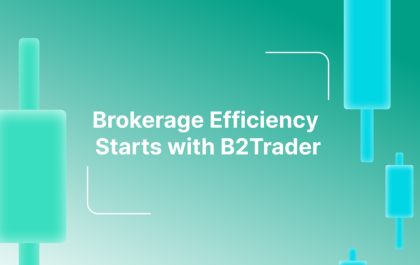RAD: Today’s generation being tech-savvy, prefer an easy and quick way of consuming information on-the-go and getting things done with a few clicks. It has led to the marketing landscape flooded with a myriad of applications, both desktop, and mobile-based. Compared to desktop-based applications, mobile apps have a growing acceptance as it is accessible anytime, anywhere.
Application development seems to have a lucrative future, and many app developers are leveraging the best-of-breed application development methodologies such as the waterfall model and the rapid application development model. Though the waterfall model of application development has attracted quite a lot of attention from the developer community, it does not allow multiple iterations in the app development phases as per the end-user requirement. It has motivated the app developers to look for a more suitable alternative. It is where the rapid application development model makes an appearance.
Rapid application development can define as a form of software development methodology that leverages an agile approach. This application development model enables the release of rapid prototypes and allows iterations based on user feedback. When we talk about iterations, it’s easy to gauge and make the changes in the prototype rather than making the same changes in the actual application. It saves a lot of complexity and time and resources.
Before we delve deep into the phases involved, let’s first understand the rapid application development advantages.
Also Read: What Is Low-Code App Development? An Absolute Guide
Table of Contents
Why RAD (Rapid Application Development)?
- Rapid application development model allows a higher level of flexibility and adaptability as it’s easy for the developers to make the suggested changes in the prototype and obtain the end-user approval
- Reduced development time and quick app delivery
- The freedom to incorporate end-user feedback during the application development phases leads to increased customer satisfaction. A somewhat collaborative way of app development!
- Code reuse reduces the risk of incorrect codes and manual coding. We increased integration capabilities.
Rapid Application Development Phases:
Outline Application Development Requirements
Before building any application irrespective of the model, developers must understand and outline the development requirements. From the onset, they should have a clear view of application development goals, end-user expectations, and development timelines and not to ignore, development budget.
Prototype Building
Once the project scope outlined, the app designers and developers need to work in sync with the end-users to create prototypes and keep upgrading them until the user approval obtained on the app prototype.
Collate User Feedback
User feedback is of utmost importance in the case of RAD methodologies.Though gathering user feedback is usually done at the prototyping stage, don’t hesitate to seek user feedback further along the app development stages. It will lead to successful app development.
Also Read: How Managed Application Hosting Saves You Time and Money
Testing & Launch:
In the space of software and application development, testing plays a rather pivotal role as it eliminates the risks of faulty apps released into the market that may get rejected by the intended audience base. Once the app testing results are all positive, app developers can plan on rolling out their app into the market. Pre-launch marketing efforts need to be prepared and executed, and once the app hits the market, the user training needs have to be taken care of.
TheITbase
Related posts
Hot Topics
DVD Screensaver
A DVD screensaver is a program that enacts when a blu-ray player is inactive, showing visual substance like movements, slideshows,…
B2Broker Spends $5 Million on B2Trader — The Revolutionary Brokerage Platform
B2Trader: The cryptocurrency market is experiencing an exhilarating period of expansion as Bitcoin reaches record-breaking levels and the overall crypto…



